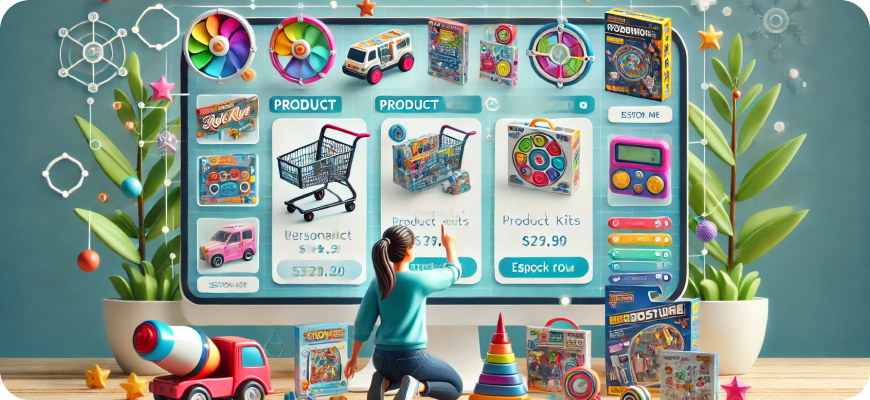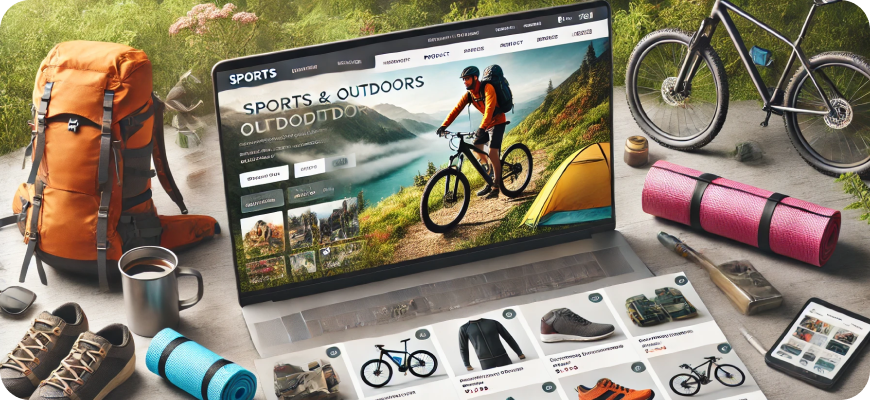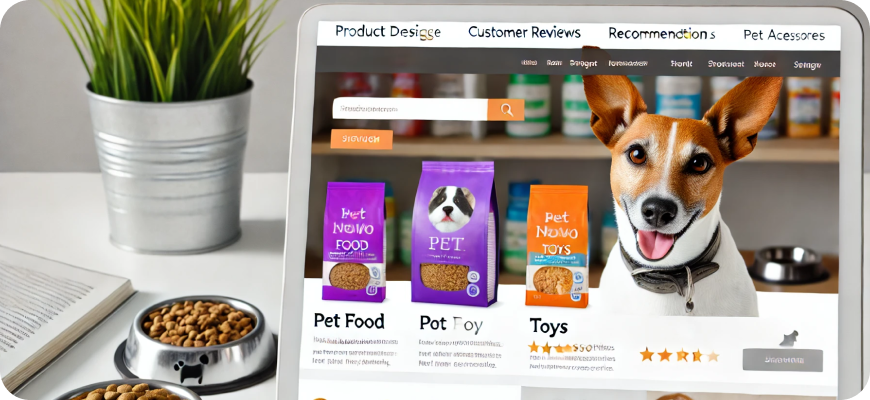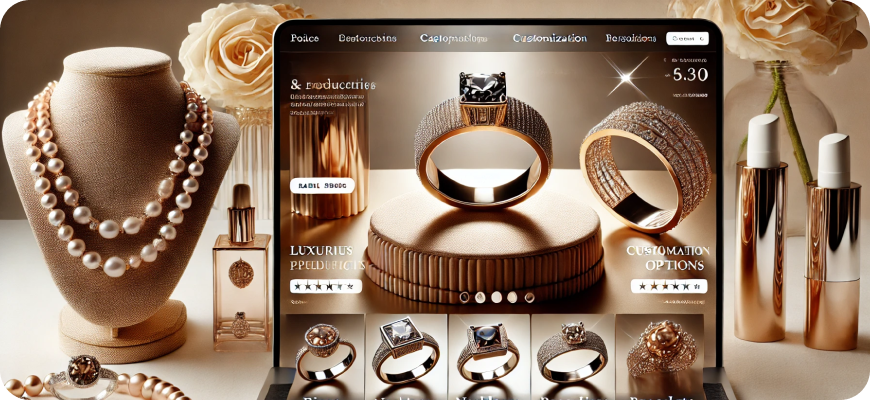Ecommerce Best Practices for Clothing & Fashion
In a digital age where consumers have infinite choices at their fingertips, e-commerce for clothing and fashion has emerged as a fiercely competitive market. For brands, it’s not just about offering the latest trends but creating a seamless online shopping experience that captures the essence of their brand while prioritizing customer convenience and satisfaction. Whether you’re a well-established retailer or a budding designer, following best practices for e-commerce can elevate your brand, drive sales, and ensure long-term success.
Below is a comprehensive guide to the best practices for clothing and fashion e-commerce.
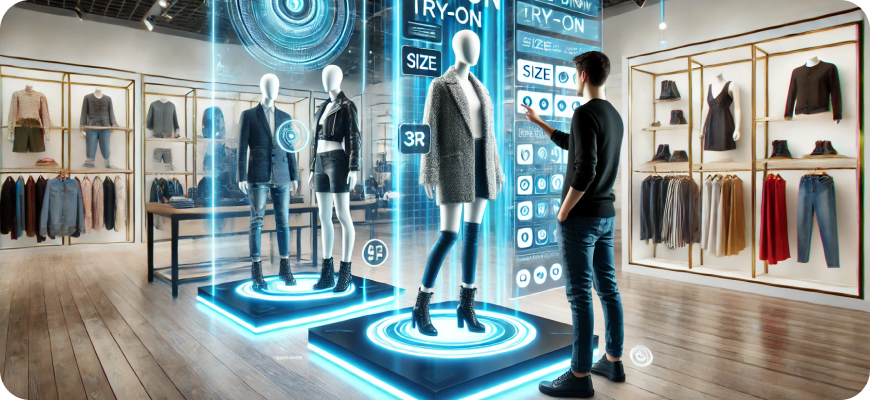
1. Showcase High-Quality Product Images and Videos
In the absence of a physical touch-and-feel experience, visuals play a crucial role in selling fashion items online:
- Multiple Angles and 360-Degree Views: Displaying products from multiple angles or using 360-degree views helps customers understand fit, fabric, and details. This can lead to more confident purchases and fewer returns.
- Lifestyle Images: Use images that show models wearing the clothing in real-world scenarios to help customers visualize themselves in the product. For example, showing how a dress works in a formal setting versus a casual one can add value.
- Videos for Demonstration: Videos showing models walking in clothing items can give a better sense of fit, movement, and fabric quality. Consider including video try-ons or quick reels to make products come alive.
2. Provide Detailed Product Descriptions
Product descriptions must go beyond generic details to offer meaningful insights that can drive purchasing decisions:
- Fabric and Material Information: Be transparent about the materials used, care instructions, and other specifications that help customers make informed decisions.
- Size and Fit Guide: Offering an accurate size chart and information on the fit (e.g., true to size, slim, oversized) reduces confusion and returns.
- Unique Selling Points (USPs): Highlight key selling points, such as unique design features, eco-friendliness, handmade elements, or limited-edition collections.
3. Optimize for Mobile Shopping
With the majority of online shoppers using mobile devices, ensuring an optimized mobile experience is crucial:
- Responsive Design: Create a mobile-friendly interface with smooth navigation, touch-friendly elements, and an intuitive layout.
- One-Click Checkout: Simplify the checkout process by enabling one-click options and minimizing form fields, reducing cart abandonment rates.
- Mobile Payment Integration: Offer multiple mobile payment options, such as Apple Pay, Google Pay, and mobile banking solutions.
4. Offer Personalization and Tailored Recommendations
Fashion is highly personal, and customers want to feel like their shopping experience is tailored just for them:
- AI-Driven Recommendations: Use AI algorithms to analyze browsing behavior, past purchases, and user preferences to provide personalized product recommendations.
- Customizable Clothing Options: Allow customers to personalize items, such as choosing colors, monogramming, or altering sizes.
- Email and SMS Personalization: Send personalized marketing messages based on customer preferences, purchase history, or browsing behavior.
5. Focus on Seamless Navigation and User Experience (UX)
An intuitive website design can greatly impact how long customers stay and how often they return:
- Clear Categories and Filters: Organize clothing items by categories such as gender, occasion, size, color, and more. Use advanced filtering options to help customers find products quickly.
- Search Functionality: Implement a robust search tool with auto-suggestions, spell corrections, and relevant search results.
- Minimize Page Load Times: Slow page load times lead to customer frustration and lost sales. Optimize images, use caching techniques, and ensure a fast-loading website.
6. Leverage Influencer Partnerships and Social Proof
Social proof is essential in building trust and encouraging purchases:
- Influencer Collaborations: Partner with influencers who resonate with your brand and target audience to showcase your products authentically.
- Customer Reviews and Ratings: Display user-generated reviews and ratings prominently to build trust and encourage purchases. Positive reviews are often the deciding factor for many buyers.
- Social Media Integration: Allow customers to share their purchases and include a “Shop the Look” feature on Instagram and Facebook to drive traffic to your store.
7. Offer Flexible Payment Options
Offering a variety of payment methods increases the likelihood of completing a purchase:
- Multiple Payment Gateways: Accept credit cards, debit cards, PayPal, and digital wallets, among others.
- Buy Now, Pay Later (BNPL) Services: Integrate services like Klarna, Afterpay, or Affirm that allow customers to split payments into installments.
- Currency Conversion: If you cater to international customers, provide automatic currency conversion and clear shipping fees.
8. Prioritize Customer Support and Communication
High-quality customer support can set your brand apart from competitors:
- Live Chat and Chatbots: Offer immediate customer support through live chat, with AI chatbots handling common questions when human agents are unavailable.
- Clear Return and Exchange Policy: Ensure your policies are easy to understand and readily accessible. The easier the process, the more likely customers are to trust your brand.
- Responsive Customer Service: Be prompt and attentive when responding to customer inquiries, whether through email, social media, or phone.
9. Utilize Email Marketing for Engagement and Retention
Email marketing remains a powerful tool for re-engaging customers and driving repeat sales:
- Welcome Series: Send a series of personalized welcome emails to new subscribers, introducing them to your brand and encouraging their first purchase.
- Abandoned Cart Emails: Implement automated emails to remind customers about items left in their cart, along with potential incentives to encourage completion of the purchase.
- Segmentation and Personalization: Segment your email list by customer behavior, preferences, and purchase history for targeted marketing campaigns.
10. Implement Sustainability Practices and Transparency
Modern consumers increasingly value sustainability and ethical practices in the fashion industry:
- Sustainable Products: Offer sustainable fashion items and highlight their eco-friendly benefits on product pages.
- Transparent Supply Chain: Share your brand’s story and efforts to source ethical materials or maintain fair labor practices.
- Reduce Packaging Waste: Minimize packaging waste with recyclable materials and offer incentives for recycling programs.
11. Create Engaging Content and Build a Brand Community
Content marketing and community engagement help build a loyal customer base:
- Blogging and Fashion Guides: Create valuable content like style guides, fashion trends, and “how-to” articles that resonate with your target audience.
- User-Generated Content (UGC): Encourage customers to share photos of themselves wearing your products using branded hashtags. Showcase this UGC on your website and social channels.
- Loyalty Programs: Reward repeat customers through points-based loyalty programs or exclusive member perks.
12. Use Data Analytics to Drive Decisions
Data-driven insights are critical for optimizing e-commerce strategies:
- Track Key Metrics: Monitor sales conversion rates, average order value (AOV), customer acquisition cost (CAC), and customer lifetime value (CLV) to assess performance.
- A/B Testing: Conduct A/B tests on product pages, email campaigns, website layouts, and more to identify what resonates most with your audience.
- Heatmaps and User Behavior: Use heatmaps and user behavior analytics to see how customers navigate your site and make data-driven adjustments.
13. Optimize for SEO and Organic Search Traffic
A strong SEO strategy ensures your fashion store ranks well on search engines:
- Keyword Research: Focus on long-tail keywords related to specific clothing items, trends, and styling tips.
- On-Page SEO: Optimize product pages with unique meta tags, keyword-rich descriptions, and alt text for images.
- Content Strategy: Create blog posts and guides that target fashion-related keywords, driving traffic to your site organically.
14. Offer Seasonal Promotions and Limited-Time Offers
Promotions can create a sense of urgency and excitement around your brand:
- Flash Sales and Limited Editions: Use limited-time offers or exclusive product drops to create a buzz and encourage immediate purchases.
- Seasonal Campaigns: Run promotions tied to holidays, back-to-school, or seasonal changes in fashion trends.
15. Optimize Shipping and Delivery Experience
The last mile is often the make-or-break point for customer satisfaction:
- Free and Fast Shipping Options: Offer free shipping or a fast delivery service to remain competitive.
- Real-Time Tracking: Provide customers with the ability to track their orders from purchase to delivery.
- Sustainable Shipping Practices: Offer carbon-neutral or eco-friendly shipping options for environmentally-conscious customers.
16. Ensure Robust Security and Privacy Measures
Customers need to feel safe when shopping with you:
- SSL Certificates: Ensure your website is SSL-certified to protect customer data.
- Secure Payment Gateways: Use trusted payment processors to minimize security risks.
- Privacy Policy Compliance: Adhere to data protection regulations, such as GDPR, and communicate privacy policies clearly.
17. Offer Virtual Try-On Experiences
Technology can bridge the gap between online and in-store experiences:
- Augmented Reality (AR) Try-Ons: Allow customers to see how clothes will look on them through AR-based try-ons.
- Size Recommendation Tools: Use AI-based tools to suggest the right size based on customer inputs, reducing returns and dissatisfaction.
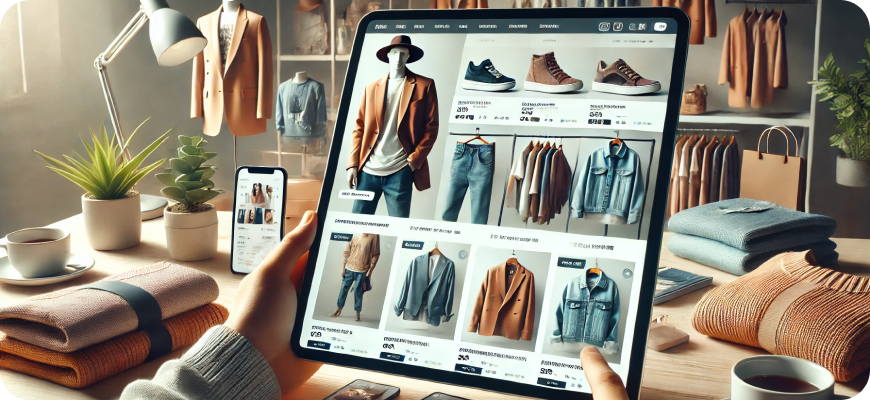
Conclusion
E-commerce in the clothing and fashion sector is a highly competitive space that demands innovation, personalization, and an unwavering focus on customer experience. By incorporating these best practices into your strategy, you can differentiate your brand, build lasting customer loyalty, and ensure long-term success. From optimizing your product visuals and mobile experience to focusing on data-driven marketing, each step taken toward enhancing your e-commerce operation will yield tangible benefits, helping your brand flourish in the evolving digital marketplace.

